The Best DIY Raised Garden Bed Ideas

A garden is a peaceful haven for relaxing, a colorful spot for birds and butterflies, and a productive place full of herbs and vegetables. Using raised garden beds helps to accomplish your goal regardless of the way you envision your landscape. Raised garden beds are not only one of the easiest landscaping projects to create yourself, but they also offer benefits for both the garden and the gardener.
If you have a flat, sunny place in your yard, a raised bed is a quick and easy option for you. Of course, these DIY projects take more skill and are more costly to build, but they are well worth it in terms of adding beauty to your landscape and value to your home. Here are some of the best DIY raised garden bed ideas to try.
See post: Jessica-Sara Morris|Raised Garden Beds - Easiest & Cheapest
How to Make a Raised Garden Bed
See post: Jason Lee|Super Easy DIY Raised Garden Bed
Build a DIY raised garden bed with simple tools and items from the hardware store. One of the easiest ways to build a raised bed garden is with a simple wood frame. Four ten-foot lengths of 10” x 2” boards can be turned into a 5’ x 10’ frame with just one cut, four 2” x 2” posts and a dozen or so screws. Choose your own soil mixture (using topsoil, peat moss, compost, and manure) and any combination of decorative or edible plants to customize your gardening experience.
While cedar is a popular (though more expensive) choice for raised beds, less-expensive untreated pine or even pressure-treated wood are generally safe for these gardens. The build also requires nails or screws rated for outdoor use. First, plan the size of your raised bed garden prior to your trip to the store, and keep the size of your space and the crops you’d like to grow in mind. For example, if you plan to grow melons or pumpkins, you want to be sure you have enough space for those crops. Keep your raised bed to less than 4’ wide, because any wider will make it difficult to reach the center. Make it as long as you like.
Some gardeners put several raised beds in the landscape so that they can plant appropriate companion plants together. Companion plants are plants that promote the health of the plants nearby. These companions are planted together in individual raised beds. Some examples are tomatoes, basil, and marigolds in one raised bed and potatoes and peas in another.
You can build your raised bed frame right on top of the lawn; there’s no need to dig up the grass. Putting down a layer of garden bed liner or weed barrier (also called landscape fabric) is the common way to keep weeds and grass from getting into your bed. Once you put your soil mixture onto the barrier, weeds are unlikely to sprout.
Adding Another Layer to Your Raised Bed
Incorporating other materials into your raised bed is a great way to add something interesting to your landscape. Pallet boards, metal sheeting, fencing, gates, and arbors are all elements that can be added to your DIY raised beds to create a personalized look as well as adding functionality.
See post: Laura, Pet Scribbles|Building a raised garden bed for our vegetables!
Use your favorite landscaping pavers instead of wood to build your frame. Purchase pavers at any big box hardware store, such as Lowe’s Hardware or Home Depot. Pavers are also available at places that specialize in landscaping materials. One of the great things about pavers is that you can create rounded shapes, which is not easy to achieve with boards. Position them in any shape you choose, and then line and fill as you would a wooden frame.
See post: Ponds Patios and Waterfalls Co.|Drystack Stone Raised Bed
Stacked stone or bricks is another material to use for enclosing the exterior wood to give a finished look to the outside of your raised bed. The use of stacked stone is particularly effective when used in large expanses. This is also a good choice if the exterior of your home is accented with stacked stone and you create continuity in the look.
Use pallet wood to cover the outside of your wooden frame to give your raised beds a rustic or mid-century modern look. Use a variety of woods in order to create visual interest, or you can stain the wood all the same color for a more contemporary look. Decking stain helps to keep the pallet wood, which is not generally treated for outdoor use, from rotting.
See post: Carole|Another Corrugated Iron Raised Garden Bed
One creative Hometalker used corrugated metal she found at a construction site to create a tall raised bed in her yard. Corrugated metal lends a contemporary or industrial vibe to a yard, and has the added benefit of being impervious to rot.
Keeping Your Garden From Becoming a Banquet
One of the problems that arise with some gardens--particularly those that include treats like beans or lettuce -- is that they can be a banquet for rabbits and other visitors. If wildlife is taking advantage of your vegetables or flowers, building a fence or other barrier will help.
There are a number of Hometalkers who have some great ideas for keeping raised beds safe from marauders. These ideas include fences and gates to block entry or raising the beds on stilts to keep plants out of harm’s way.
Surrounding your beds with fencing material is one way to keep the critters out. Several tutorials on Hometalk offer suggestions for using metal fencing material to enclose your garden. These provide a necessary barrier in yards where rabbits and deer are problematic.
See post: Becky - Clover and Thyme|DIY Raised Bed Garden Enclosure
Elevating your raised beds is another way to keep shorter visitors like rodents from getting into your plants. One of the added benefits to an elevated raised garden bed is that it keeps bending to a minimum. This helps with the back pain that gardeners frequently experience. In addition, elevated beds are a great way to improve drainage for those plants that like a drier soil.
Building your raised beds on legs is not as difficult as it sounds. Hometalker Made by Mitch has a great video tutorial for building a simple elevated garden bed out of cedar, wire mesh, and landscaping fabric. You can easily modify the size and height of this raised bed to suit your individual needs. Varying the heights of planters also adds interest to your landscape and can save on space, as well.
See post: Made by Mitch|Elevated Garden Bed
Personalizing Your Raised Beds
Incorporating architectural elements in your raised bed is a great way to customize your yard. Additions to your raised beds will help you create a space that works best for you and your plants.
Beans, morning glories, and other lightweight plants on vines need support in order to grow effectively. Systems as simple as bamboo poles tied together or as complex as trellis-and-arbor configurations can be added to the raised beds in order to give these climbing plants the support they need.
See post: Diy Design Fanatic|Wood Planter Boxes
Make traditional bean poles by tying bamboo poles together at the top with weatherproof rope. Plant beans or other lightweight climbing vines at the base of each pole, and train runners to grow up around the pole. Tie plant runners at intervals as the plants grow higher, if necessary. For heavier plants, use poles with a larger diameter or more poles for more support. These structures are also great for decorative vines, providing a vertical mass of color and a sheltered space for birds to nest.
See post: Small Town Homestead|Building a Planter Box with a Trellis
Another option for climbing plants is a trellis. Purchasing lattice from a big box hardware store is one way to incorporate a trellis into your raised bed garden. However, Hometalkers are creative in their use of a variety of materials for trellises. From ladders to pallets to tree branches to a stripped-down mattress--all are choices Hometalk contributors offer for use! So don’t discount the ‘junk’ you may have in your garage or basement--many things can be utilized as material to build an interesting trellis.
See post: SteveAndrea Bourne|A Georgia Raised Garden
Arbors are another great way to add architectural interest to your raised beds. They provide both form and function, depending on your needs. Train flowers to climb onto the arbors for a fragrant addition to your garden, or string decorative lights to create ambiance. Arbors are also great for leafy vines, providing a shady canopy over your landscape. They give cover to nesting birds and, if flowering, they also attract butterflies.
See post: Hoosier Homemade|How to Make a Raised Garden Bed Cover
Creating a DIY cover for your raised bed garden will both help keep critters out and also extend your growing season. Use PVC pipe, clamps, and plastic sheeting to make the cover. Another way to extend the growing season is by building a cold frame cover for your raised bed. A bonus of extending the growing season is that you could have fresh herbs for weeks past the first frost!
See post: Three Dogs in a Garden|From Raised Bed to Cold Frame in Minutes
Raised garden beds are a simple way to add utility and interest to your yard. Basic frames are an easy DIY project for the novice, while the more elaborate raised bed plans are for folks with more building experience. While they vary in design, difficulty, and cost, the outcome is the same--a landscape that is both useful and beautiful. Solve a number of gardening dilemmas like keeping weeding and bending to a minimum with raised beds. For more raised garden bed ideas, check out Hometalk for some helpful tutorials. Then try one of them yourself, and share it with us!
Enjoyed the project?
Comments
Join the conversation
-
 Myeisha Gibson
on Jul 02, 2021
Myeisha Gibson
on Jul 02, 2021
Gardens are so peaceful.
The construction of this garden bed is beautiful and I suddenly need one in my backyard. I love the idea of fencing the garden to keep animals away, brilliant!
-
-
 Zinum beron
on Apr 04, 2024
Zinum beron
on Apr 04, 2024
I'm especially digging the geometric shapes in some of these designs – so much more interesting than the standard rectangle.
While wood seems like the classic choice, I'm also intrigued by the idea of https://www.mklibrary.com/how-to-build-metal-raised-garden-bed/ . They seem super sturdy and probably easier to keep up compared to wood (no worries about rot or termites setting up shop!). Maybe a bit pricier upfront, but they could be a long-term investment. Overall, I think the best DIY raised garden bed is the one that fits your style and garden needs. There are so many cool options out there – wood, metal, even repurposed materials!
-



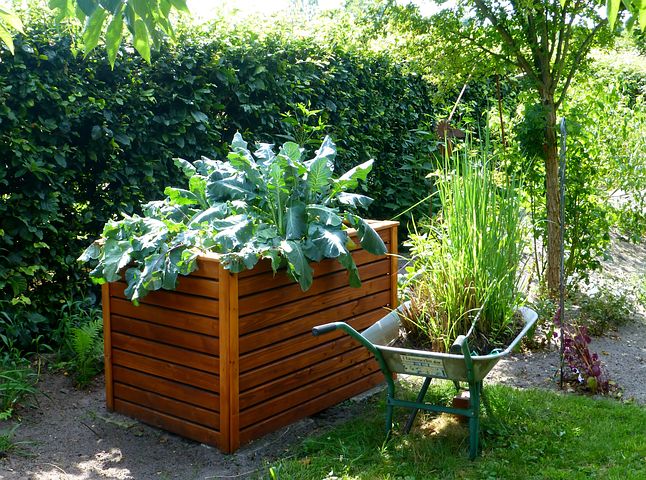














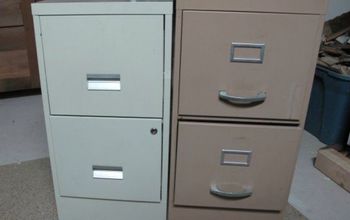
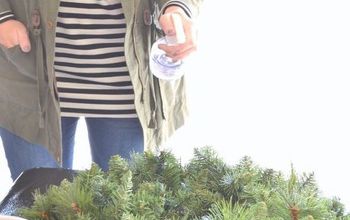



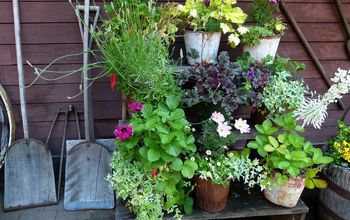
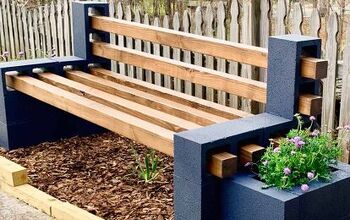
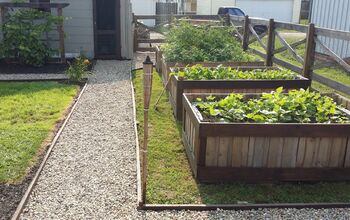
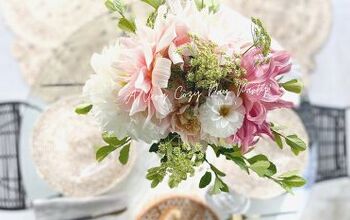
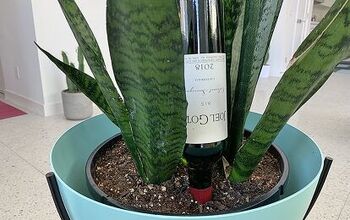
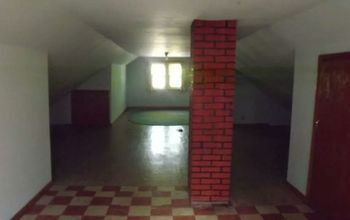
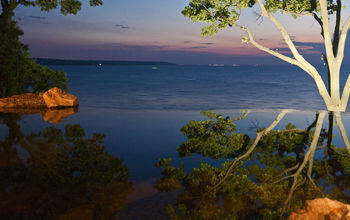
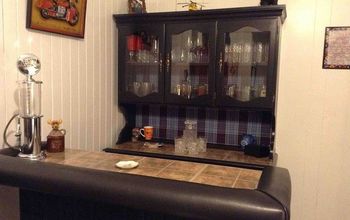
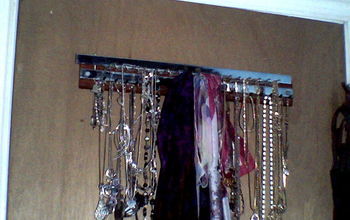
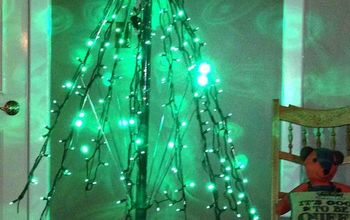
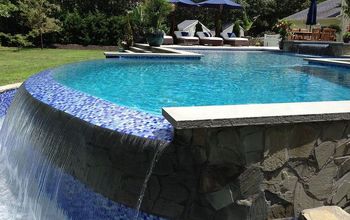
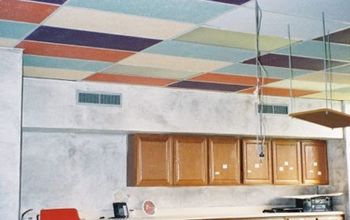
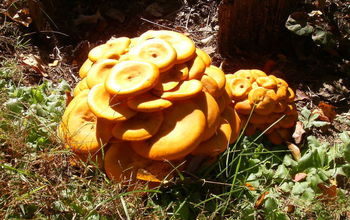
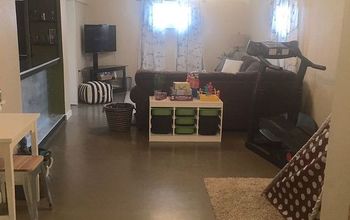

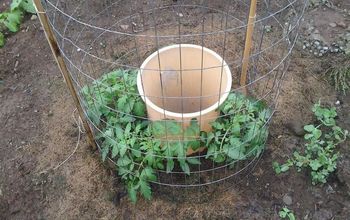
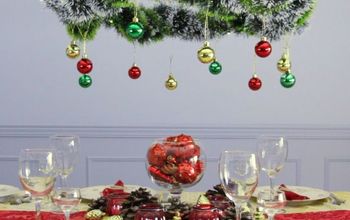
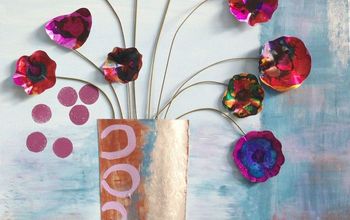
Frequently asked questions
Have a question about this project?
What about the deck stain safety? My husband just made four beds that he's stained with Cabot's Australian Timber Oil, but now I'm concerned about possible leaching chemicals.